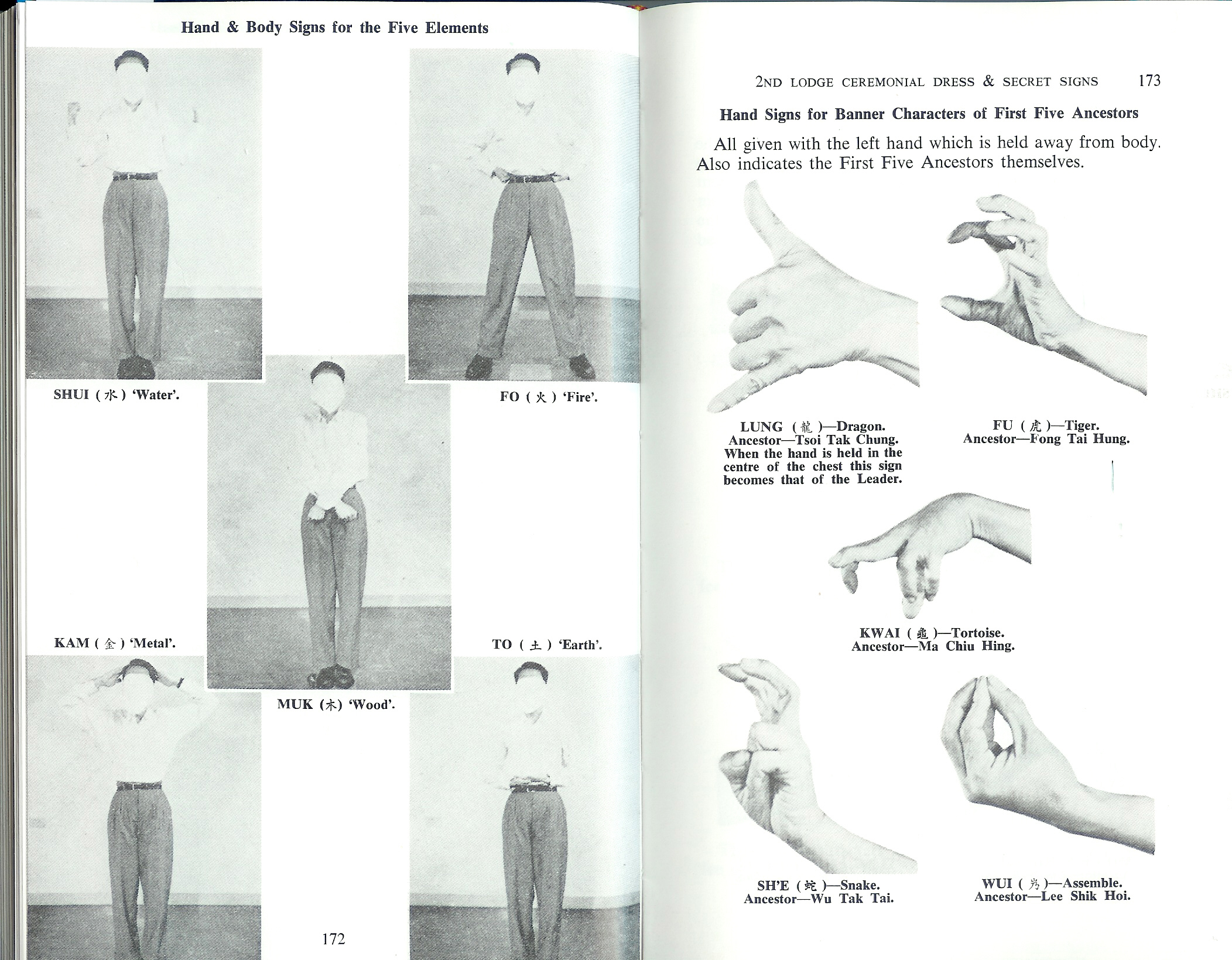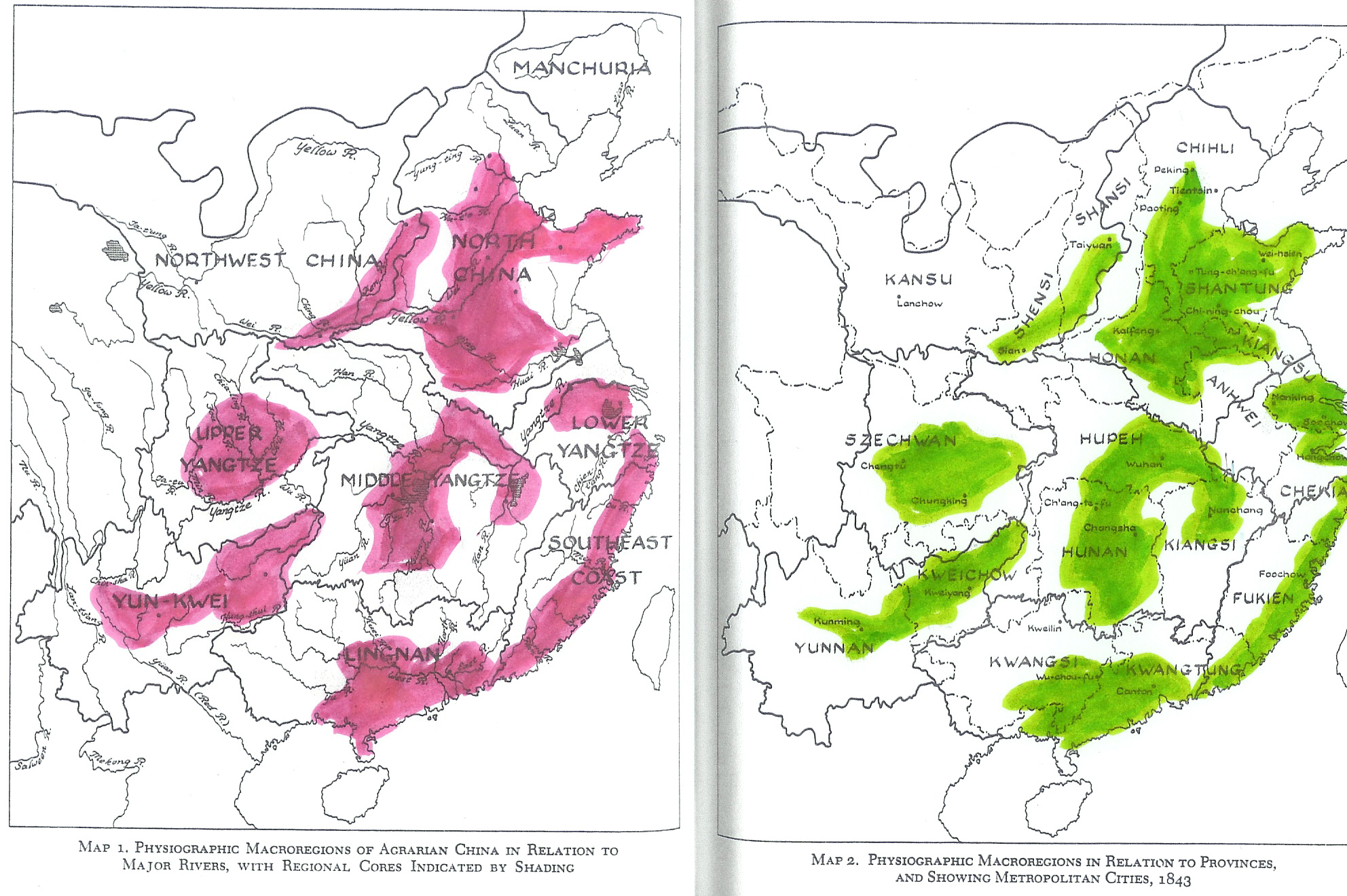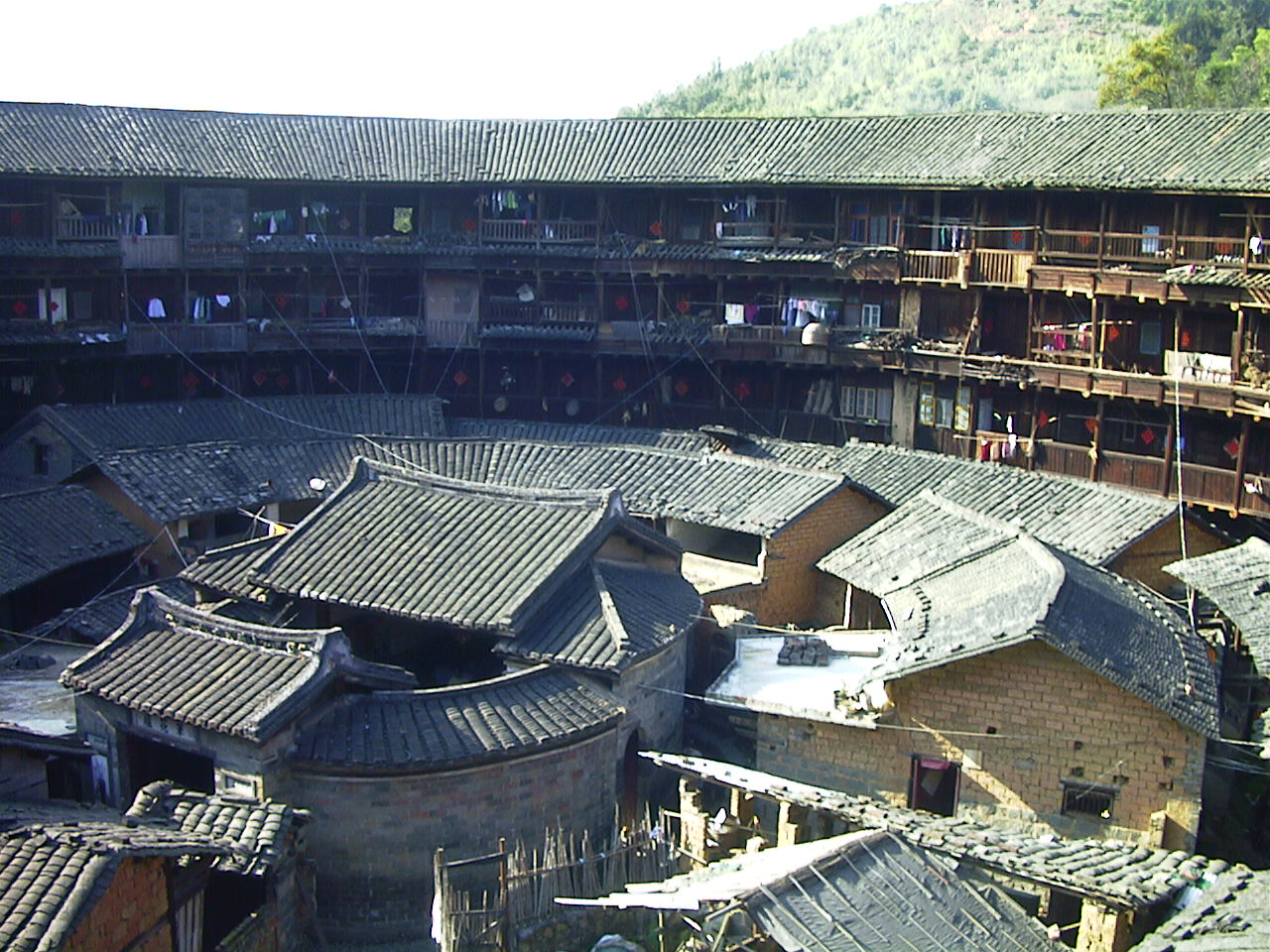Summing up Naquin, Rawski,
chapters 3 & 4
Cultural Life
City Life
Urban culture developed on the basis of
conditions that existed in the Ming but were enlarged or intensified in the Qing such as imperial patronage, merchant and scholarly
networks, mobility and commercial expansion.
The possibility of downward mobility due
to partible inheritance was a facet of life that
became more threatening in the Qing. Examinations
remained a desired way into the elite, but the large amount of candidates
diminished the chances of winning an official post. Participants who found out
about cases of fraud in a particular examination took to the streets to protest
against the involved abuse of power, a behavior rather uncommon in circles of
the well-educated.
Merchants advanced on the ladder of
social appreciation. They were connected in networks which they not only used
for their business purposes but also in order to sponsor the organization of
municipal and welfare services such as famine relief, security measures, road
maintenance, fire fighting, and garbage
collection.
One example for intensified commercial
activities in the cities was the increase in the number of pawnshops. They
were the money lending institutions of the less wealthy
Literacy in the cities was essential for
the participation in the exams but also for successfully running commercial
enterprises. Book publishing enterprises gained major importance and brought a
high level of respectability not only to the compilers of the text but also to
the artisans who produced the books. New categories of books and publications
became popular in this time such as illustrated reference works and almanachs. The latter were based on official calendars but
included the dates of religious holidays and recorded at which times certain
everyday life activities were auspicious or inauspicious.
There were two main festivals: The New
Year’s festival (celebrated within the house and in the company of preferred
all family members) and the mid-autumn festival. The New Year’s festival was
one of the few occasions when women could be seen in public, walking in the
streets in order to admire the beauty of the lanterns made for the festivities
Entertainment by drama and regional
drama performance troupes was highly appreciated by urban audiences. Permanent
theaters were established on the compounds of huiguan-merchant associations.
Since the Ming there were also wealthy private households who kept their own
drama troupes. They could be performed in the local dialect. Womens’ roles were played by male impersonators; the
contents of the operas could contain a wealth of sexual allusions. At the same
time martial arts performances within a play became prominent.
Other entertainment were gambling and
visiting female or male prostitutes.
Literati Culture
Literati culture was not limited to the
cities but connected city and countryside.
A new school of scholarship, the school
of textual criticism, flourished in the period. After scholars had largely
studied and followed the interpretations of the Neo-Confucian
Literati circles were inclusive:
“Scholars, merchants, retired officials, and quasi-professional painters could
meet as members of a poetry club…” (p. 69).
Since museum collections did not exist, artists relied on connections
from such clubs to see famous and important paintings. If they had no access to
such clubs they tried to improve their skills by learning from manuals.
Literati culture was defined by a
certain taste for objects which was described in manuals for taste.
Material culture
The centers of the production and
consumption of material culture were the capital
Local cuisines developed under the
influence of imported crops such as maize, sweet and white potatoes, tobacco,
and the American red pepper.
Snuff bottles became popular when the
pleasure of tobacco smoking was matched by the pleasure people sought in taking
snuff.
Houses were built of wood which led to a
constant and in the Late Qing increasing loss of
timber. Courtyard houses were build around a small garden, that was protected
from the outside by a fence etc.. The style of the
southern two-storey villas was imitated in the capital.
Life-cycle Rituals
Family rituals like weddings and
funerals of the Qing were based on those of the Ming.
Standard markers of rank were clothing and hairstyle.
State-ritual
State rituals performed by the emperor
or officials were supervised by the officials of the Ministry of Rites. Only
correctly performed rituals were effective. The worldly institutions were mirrored
in the neither worldly bureaucracy.
The sacrifices comprised sacrifices to
Heaven and Earth, to the Deities of the Land and of the Grain and were supposed
to keep heaven-man- and earth in harmonic relations. Order and stability were
of utmost importance, chaos and confusion were to be avoided on an individual
level as well as on the state level. Terms explaining family structures were imitated on the state level;
Emperor :
Son of Heaven
Magistrate : Father and Mother of the commoners
Social change
Economic diversity and growth
Agriculture remained the most important
resource of the Qing state. In labor intensive cereal
production the majority of the work force of peasants was absorbed. Two zones
are dominant for two different crops: In the north wheat and millet are dominant, the south is the area of wet-rice cultivation.
Distributing the risk of a bad harvest between landlord and tenants in a share
cropping system was dominant. Landownership could be shifting, but largely was
limited to members of the same clan; complete alienation from the land appeared
usually only over a period of several decades. Tenure could be permanent which
in general benefited the tenants because the system offered a high level of
security.
The dense population in the south had to
devote much of its work time to the irrigation process and to the maintenance
of the irrigation system.
“Native banks” handled nearly all money
transfer transactions we know of modern banks. They
► accepted deposits
► made loans
► issued private notes
► transferred funds between
regions etc.
within the
monetary system which used copper coins, silver, silver dollars, and paper
notes as currency.
Especially in the South transport
systems were further elaborated to serve waterborne commerce. When trade with
the European merchants became eminent, the “
New in the trade system was the “advance
purchase” of tea. The British East India Company which transported the tea on
its fast sailboats (the fastest sailboats worldwide at the time) between
Demographic trends
The population numbers during the Qing tripled. The average marriage age for women was 17-18,
for men 21 years of age. Marriages were arranged by the parents with the help
of a matchmaker. Mixed marriages between Han and minorities were comparatively
rare. Family systems among minorities differed considerably and included
polyandry (in Tibet women married men whose brothers were expected to take her
as a wife and support her in case her first husband died etc. (Remember the
principle of “walking marriages” among the Naxi
minority.)
Hereditary Statuses
The hereditary status of one’s lineage
membership was an important and accepted fact in the Qing
and included the entire population from the imperial family down to the local
headmen of tribes, the leaders of the banners, as well as important religious
leaders.
A distinction was made between “good
people” (=respectable persons) and “mean people”, persons who worked in
disrespectable professions, lived in a servile status (as bondservants of the
Imperial family; exception: bondservants of the highest ranks, such as the
commissioners for porcelain and textile production were of course not
considered in the category of “mean” people), or were of aboriginal descent. Personal
servants for a lifetime attended to the personal needs of their masters, guarded
their tombs after the master had passed away and cared for the ancestral hall.
Assimilation of minorities
The blueprint of Chinese cultural values
included an ordered social community and for the non-Han community or individual
becoming Chinese or being assimilated meant to complete the following steps:
► to acquire
agriculture
► to wear
Chinese clothing
► to
learn the Chinese script
► to accept
the social hierarchy
► and to respect
the rituals
ATTENTION: PLEASE THINK ABOUT THE IMPLICATIONS
OF THE THE WORLDVIEW AND THE VIEW OF THE CIVILIZING
FORCE OF CHINESE CUSTOMS EXPRESSED IN THE FOLLOWING QUOTE:
Note the importance that was given to
clothing in Chinese society as summarized by the famous thinker Wang Fuzhi of the 17th century:
“Alas! What clothing represents to man
is indeed great!
What brings it respect is that it is the
repository of righteousness.
And what brings it love is that it is
the storehouse of humaneness.
It is the axis of good and evil; the
principle of life and death; the control between order and anarchy; the
distinction between civilized and wild beings”.
Frontier Society
Frontier societies were societies prone
to experience violence: by foreign troops, or local bandits. The frontier
regions were areas where few representatives of the state were present. The state
and commerce were weak in the border regions.
New Associations
1.
The New Teaching
2.
The White Lotus sect whose members worshipped a
supreme deity called the Eternal Mother found support especially among the
boatmen working along the
3.
Most important for the final years of the Qing and until today are the triad fraternities that developed
among workers and their superiors. Growing out of affiliations of kinship
and native place the triads created fictive kinships among fellow workers
by sharing secret rituals of initiation etc. the triads developed into mafialike organizations which engaged in illegal operations.


